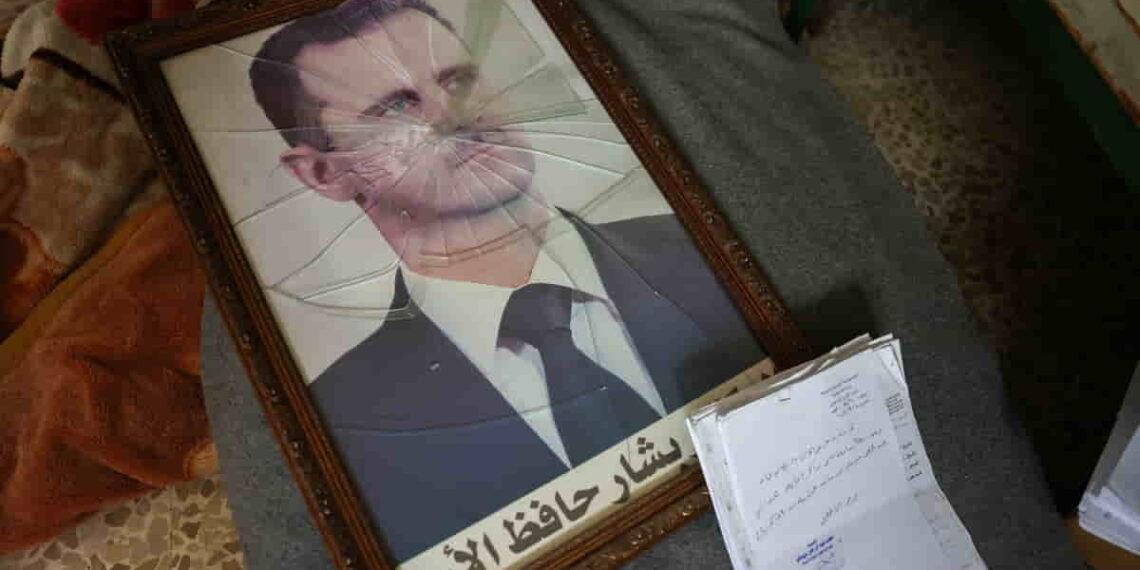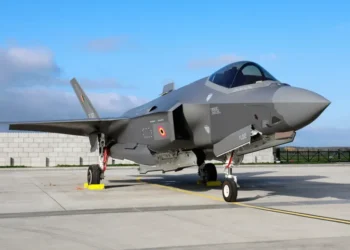Syrian Rebels Capture Damascus, Marking the Collapse of Assad’s Regime
On Sunday, Syrian rebel forces took control of Damascus, declaring Syria “free” after a swift and decisive offensive that saw multiple major cities fall into their hands in recent weeks. The rapid success of the rebels is a clear indication that the Assad regime, which has clung to power for over 14 years amid a brutal civil war, has effectively collapsed.
Why This Matters:
The rebels’ victory in Damascus, with little to no significant resistance from Assad’s forces, signifies the end of the Assad regime’s control over Syria. This momentous shift comes after years of conflict and is a devastating blow to Syria’s government. The fall of Damascus is a significant geopolitical event, further destabilizing Syria and the Middle East in the short term.
In the long run, the collapse of Assad’s regime could have far-reaching consequences, not only for Syria but also for its key allies—Russia, Iran, and Hezbollah—who have supported President Bashar al-Assad’s rule since the 2011 uprising.
Key Developments:
- Assad’s Disappearance: Reuters reported that Assad left Damascus on Sunday morning, with his whereabouts unknown.
- Rebels Free Prisoners: Rebel forces also took control of Sednaya prison, a notorious facility near Damascus, and released hundreds of prisoners. Social media footage showed Syrian soldiers abandoning their posts in the capital, many removing their uniforms and blending into the crowd as civilians.
- Celebrations in the Streets: Thousands gathered in Damascus’ main square, cheering as news spread of the regime’s fall. Al Jazeera and other news outlets broadcasted the jubilant scenes of Syrians celebrating their newfound freedom.
- Airport Seized: Rebel forces also captured Damascus International Airport, adding another blow to the regime’s hold on the capital.
The Road Ahead:
Hadi al-Bahra, head of the Syrian National Coalition, told Al-Arabiya that the regime has officially fallen, but emphasized that the focus is not on revenge. Instead, the goal is to restore security and stability to Syria. Meanwhile, Mohammad Ghazi al-Jalali, the Assad regime’s prime minister, expressed willingness to negotiate a peaceful transition of power, stressing the need to protect state institutions and ensure the safety of all citizens, including the opposition.
A Historic Shift:
This marks the end of 53 years of Assad family rule in Syria, which began with Hafez al-Assad’s coup in 1970. After his death in 2000, his son Bashar al-Assad took over, leading the country through a brutal crackdown on the 2011 uprising that ultimately plunged Syria into civil war. The collapse of the regime signifies not only the fall of the Assad dynasty but also the end of the secular Ba’ath Party’s rule, and the political dominance of Syria’s Alawite minority.
A Suspicious Departure:
In a dramatic turn of events, an Ilyushin-76 plane suspected of carrying President Assad was seen leaving Damascus airport just before rebel forces entered the city. The plane’s route, tracked via FlightRadar, showed it initially heading northwest before descending rapidly near Homs and eventually disappearing from radar.
This unfolding story is still developing, and further updates are expected as the situation evolves.
This article was rewritten by JournosNews.com based on verified reporting from trusted sources. The content has been independently reviewed, fact-checked, and edited for accuracy, neutrality, tone, and global readability in accordance with Google News and AdSense standards.
All opinions, quotes, or statements from contributors, experts, or sourced organizations do not necessarily reflect the views of JournosNews.com. JournosNews.com maintains full editorial independence from any external funders, sponsors, or organizations.
Stay informed with JournosNews.com — your trusted source for verified global reporting and in-depth analysis. Follow us on Google News, BlueSky, and X for real-time updates.













